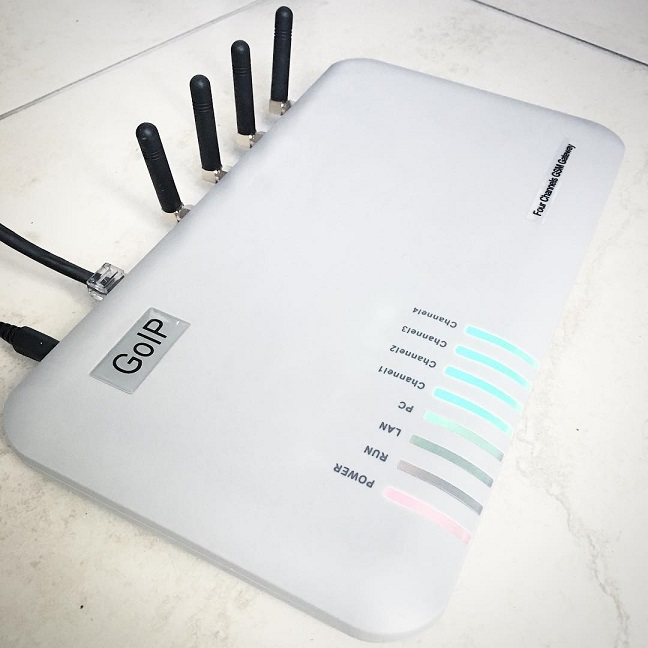Switch directly to the root user:
sudo -i
Let’s see the list of disks:
fdisk -l
df -h
You can see the information and model of the disk as follows:
hdparm -i /dev/sda
If SMART is supported, install the utilities and see the SMART statistics:
apt-get install smartmontools
smartctl -a /dev/sda
smartctl -a /dev/sda|grep -i reallocated
Run SMART tests and view information (smartctl -X to stop the long test):
smartctl -H /dev/sda
smartctl --test=long /dev/sda
smartctl -l selftest /dev/sda
Now we will perform a disk check on the broken sectors (-s will display information about scanning, -v more detailed mode):
badblocks -sv /dev/sda1
You can save the result to a file:
badblocks -sv /dev/sda1 > ~/badblocks.list
You may need to unmount the disk to check:
umount /dev/sda1
You can run the test using e2fsck like this:
e2fsck /dev/sda1
See also:
Description of SMART attributes
Diagnostics HDD using smartmontools
